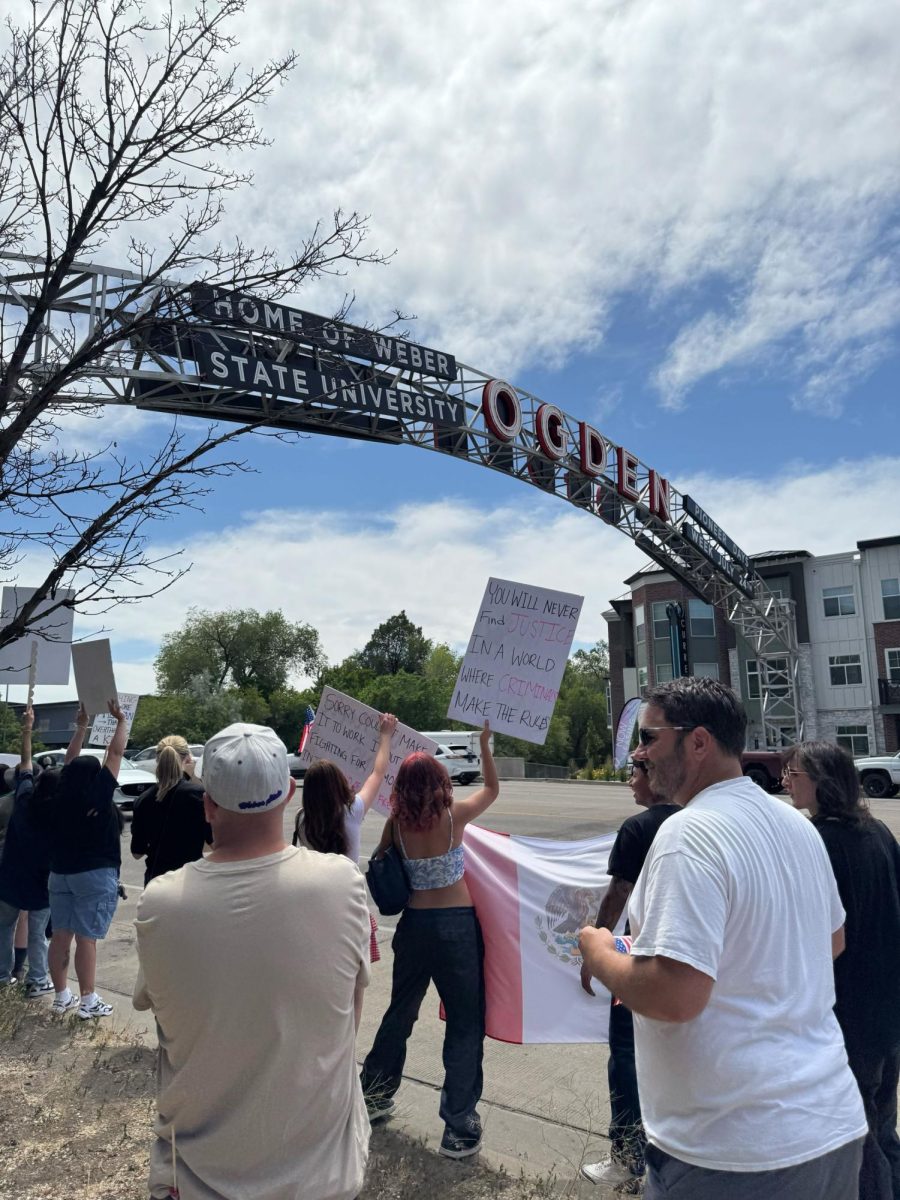For centuries, this country was divided by race. During times of legal segregation, there were places you could or could not live as a person of color, and it was the same in Ogden. Although these limitations are no longer signed into law today, they remain hidden deep in the roots of the housing system.
Weber State University adjunct professor of economics Jennifer Gnagey is working with research assistant Marisa Arreguin to change the discriminatory patterns of housing in Ogden and Weber County.
Housing discrimination is not just an issue of the past; the segregation of the market 80 years ago is still impacting Ogden today. Through research of redlining and racial restrictive covenants, Gnagey has been able to scratch the surface as to why some parts of Ogden have more stable housing markets than others.
This research is still in the preliminary stages for the city. According to Arreguin, similar projects are being conducted nationwide. In Minneapolis, the project Mapping Prejudice is mapping racial covenants that were effective in creating and supplementing geographic racial segregation, affected by quality-of-life-defining characteristics.
“This means that the ramifications of segregation can be found in school districts, in the quality of education and resources for schools, as well as home values due to close proximity to less desirable areas that are in close proximity to highways, factories or landfills,” Arreguin said.
By definition, redlining is the act of refusing a loan or insurance to a person based on the area they live in because it was deemed as a poor financial risk. Since racial restrictive covenants, a contractual agreement that prohibited the lease, sale, purchase or occupation of a property by anyone but white people, were established between the 1920s and 1940s, areas that were predominately poor and occupied by minorities were and are can still be considered undesirable by financial institutions, continuing redlining into communities today.
“People often think government-sanctioned housing segregation is something that only happened in the South,” Gnagey said. “But, in fact, numerous policies and practices in northern and western states were used to create and sustain racially segregated neighborhoods.”
So far in their research, Gnagey has found three racial covenants — two on the east bench of Ogden and one in South Ogden — which restricted who could own property based on their race and income. The team is working to uncover more of these covenants as they dive deeper into the restrictions of Weber County’s documentation.
In May 2020, the Utah State Legislature passed HB 374, which now prohibits restrictive covenants on property documentation and allows property owners to revoke these restrictions for free. Property owners can do this any time that the city recorder’s office is open.
Weber County residents can find more information through Gnagey’s Facebook group Neighbors Further Fair Housing and by visiting neighborsfurtherfairhousing.org. Community engagement is one of Gnagey and Arreguin’s biggest goals.
“Informed discussion on the topic is important because we are hoping that it opens the door to the wider array of challenges that lead to housing discrimination, which can lead to individuals taking action to show that our communities are not a safe harbor for any practice of discrimination,” Arreguin said.
Gnagey and Arreguin will also be at the Weber County Recorder’s Office every Tuesday from 1 p.m. to 3 p.m. this summer to assist homeowners in searching for and changing covenants on their property.




















